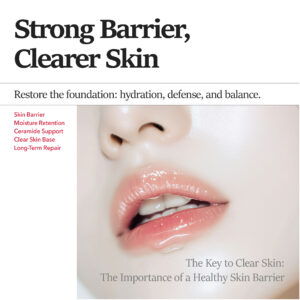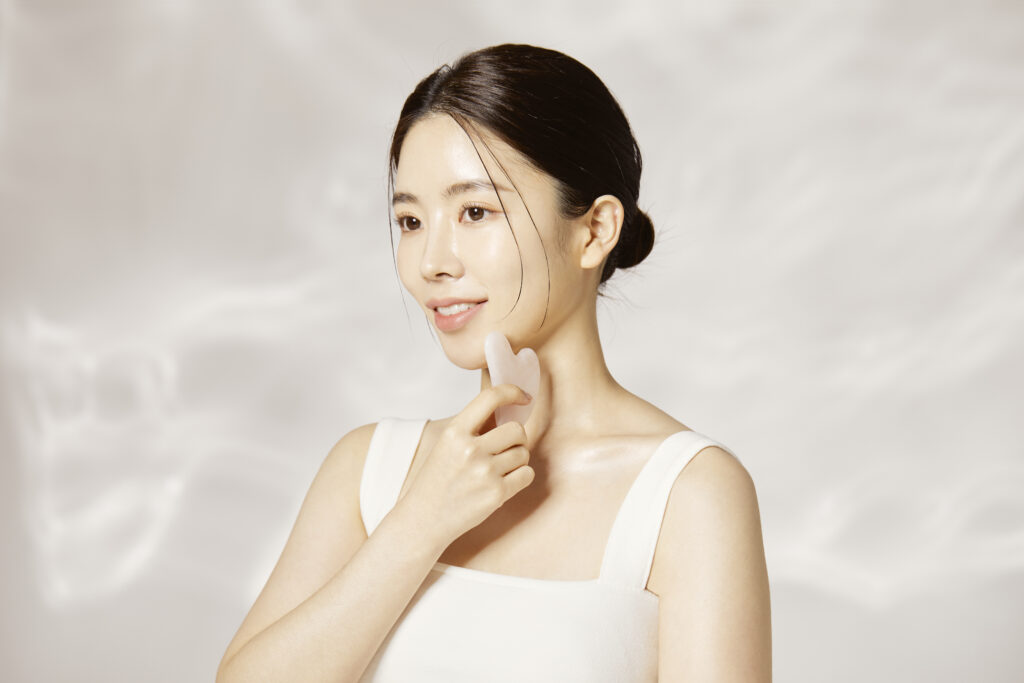
A Scientific Guide to Choosing the Right Actives for Effective Skincare
Introduction

In today’s skincare world, consumers are shifting from brand-centric choices to ingredient-focused decisions.
With the rise of homecare, understanding which ingredients deliver real, science-backed results has become essential.
This article provides a professional analysis of:
- How key skincare ingredients interact with skin biology
- Which actives are proven to support regeneration, brightening, barrier repair, and anti-aging
- How to properly combine ingredients for optimal homecare routines
1. The Foundation: How Ingredients Work with Skin Structure
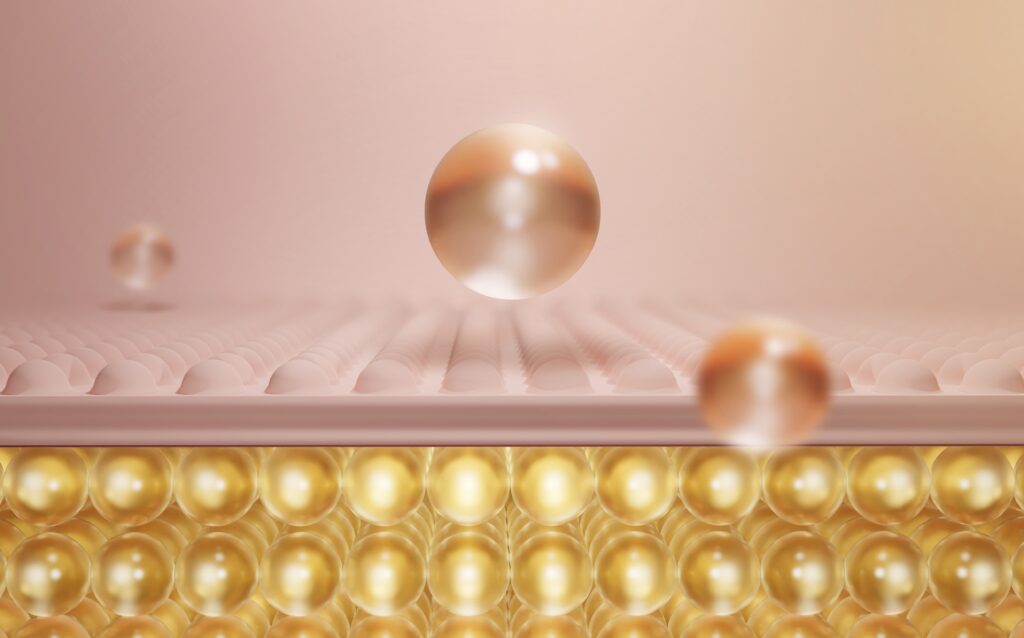
Effective skincare begins with knowing where and how ingredients act within the skin.
1.1 Target Layers of the Skin
| Skin Layer | Relevant Ingredients | Primary Functions |
| Epidermis | Vitamin C, Niacinamide, Retinol | Brightening, renewal, defense |
| Dermis | Peptides, EGF, PDRN | Collagen production, firmness |
| Skin Barrier | Ceramides, Panthenol, Fatty Acids | Protection, hydration |
1.2 Mechanisms of Action
| Function | Key Ingredients | Action |
| Regeneration | EGF, PDRN, Peptides | Stimulate fibroblast activity |
| Antioxidant Defense | Vitamin C, CoQ10 | Neutralize free radicals |
| Pigmentation Control | Niacinamide, Arbutin | Inhibit melanin production |
| Barrier Repair | Ceramides, Panthenol | Restore lipid layers |
2. Essential Ingredients by Skincare Goal
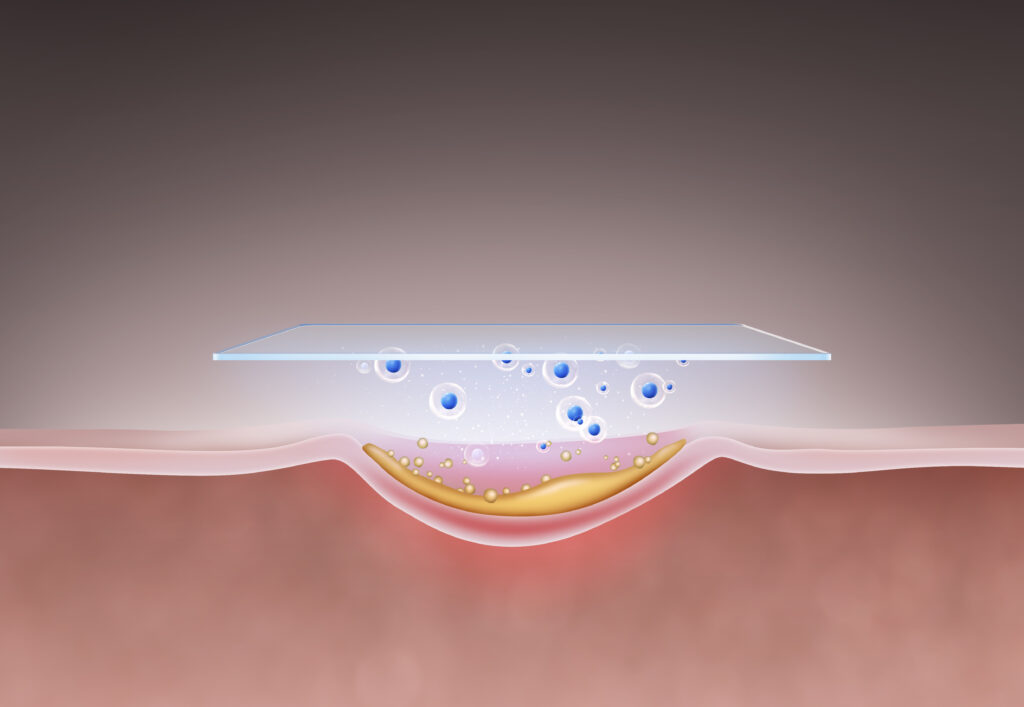
2.1 Regeneration & Collagen Stimulation
EGF (Epidermal Growth Factor)
- Promotes cell growth and accelerates tissue repair
- Best used post-stimulation (e.g., after spicules or microneedling)
- Clinically proven to improve elasticity and reduce fine lines
PDRN (Polydeoxyribonucleotide)
- DNA-derived ingredient enhancing wound healing and fibroblast activity
- Widely used in dermatology (e.g., Rejuran treatments)
Peptides
- Signal peptides encourage collagen and elastin synthesis
- Long-term use improves skin density and firmness
2.2 Brightening & Pigmentation Control

Niacinamide
- Reduces melanin transfer and offers anti-inflammatory benefits
- Also strengthens the skin barrier and regulates sebum
Vitamin C (Ascorbic Acid & Derivatives)
- Potent antioxidant and tyrosinase inhibitor
- Improves skin tone, combats photoaging
- Requires stable formulations to prevent oxidation
2.3 Barrier Repair & Soothing
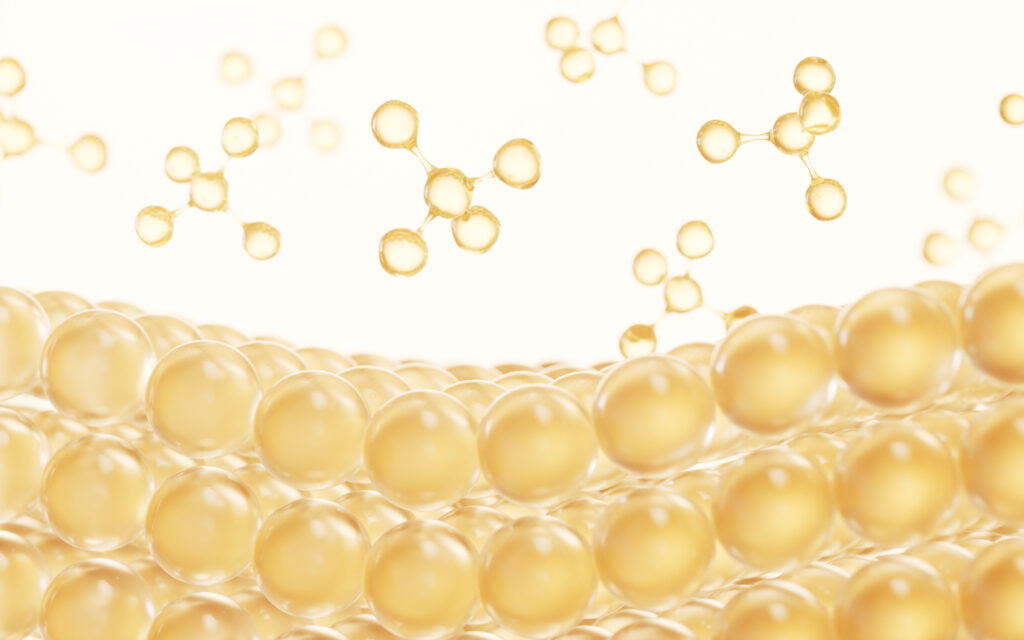
Ceramides
- Restore the skin’s natural lipid barrier
- Essential for maintaining hydration and defending against irritants
Panthenol (Pro-Vitamin B5)
- Calms irritation, supports moisture retention, and accelerates healing
Centella Asiatica Extracts
- Contains Madecassoside and Asiatic Acid for anti-inflammatory and reparative effects
3. Ingredient Combination Strategies
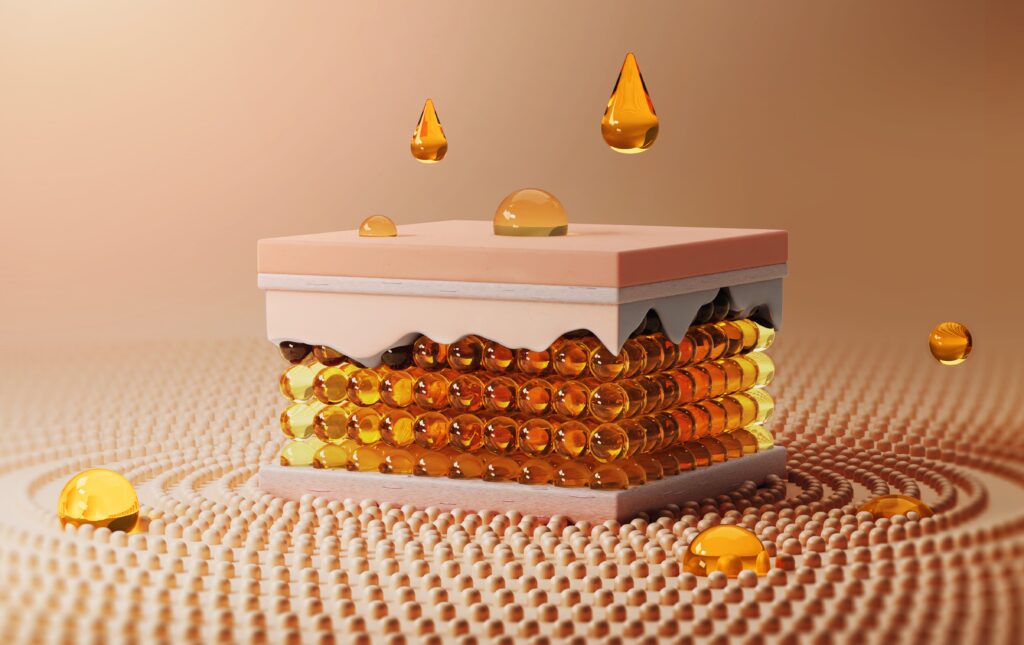
Proper ingredient pairing is critical to avoid irritation and maximize efficacy.
| Safe Combinations | Combinations to Avoid |
| Vitamin C (AM) + Niacinamide (PM) | Vitamin C + AHA at the same time |
| Spicules + EGF + Ceramides | Spicules + Retinol |
| Peptides + LED Therapy | Retinol + Frequent Exfoliation |
- Always separate exfoliating acids and retinoids from mechanical stimulation days
- Focus on balance between active treatment and barrier recovery
4. Example Routine: Regeneration-Focused Homecare
| Step | Product Type | Key Ingredients | Purpose |
| 1 | Spicule Cream | Physical Micro-stimulus | Initiate regeneration |
| 2 | Serum | EGF + PDRN | Boost fibroblast activity |
| 3 | Moisturizer | Ceramides + Panthenol | Strengthen barrier, soothe |
| 4 | Sunscreen | Mineral SPF | Prevent post-treatment pigmentation |
5. Common Mistakes in Ingredient Use
- Overloading actives: More is not better. Excessive use leads to irritation.
- Ignoring pH conflicts: Certain ingredients destabilize when used together.
- Lack of recovery focus: Aggressive routines without barrier support cause long-term damage.
Conclusion
Effective homecare isn’t about chasing trends or using the most expensive products.
It’s about selecting clinically validated ingredients, applying them with purpose, and respecting the skin’s natural processes.
Understanding ingredient science allows you to transform daily skincare into a targeted, results-driven routine.

